Siberia is characterized by special climatic conditions, which, at first glance, are absolutely not suitable for growing certain types of plants. But new technologies in agrotechnology and the elimination of new varieties helped to solve this problem. With proper landing and care in Siberia, you can grow any plant that grows in a temperate climate. On how to grow the best roses for Siberia do it yourself - we will tell further.
Content |
Siberia Roses
For complex climatic conditions, only frost-resistant varieties are suitable, which can withstand long periods with extremely low temperatures. Ordinary pink bushes simply will not be able to live to spring. In addition, due to short summer, which lasts no more than two months, the growing season is reduced that they will not allow the needy nutrients for wintering.
In addition to frost-resistant varieties, grafted roses are well suited for Siberian conditions. The most optimal trip for them is the shoots of richness, which have very good marrow resistance indicators.
The best varieties of roses for Siberia are:
- Tea-hybrid grade "Burgund".
- Pleet roses Siberia winter-hardy: "Rosarium Ueesen", "Ellse Krohn Superior", "Amadeus", "New Dawn".
- Floribundy varieties: "Aspirin", "MidSummer", "Lions Rose", "Leonardo Da Vinci".
- Soil grades: "Bonica", "Gartnerfreude", "Ice Meidiland", "Knirps".
- Schraba varieties: "Bremer Stadtmuzikanten", "Cinderella", "Red Eden Rose".
- Very beautiful roses of Harkness varieties, Giyao and "Ostinok" can transfer Siberian climatic conditions. However, for this they require very careful attention. They are needed - good shelter, special feeding, special care. That is why novice gardes are not recommended to grow them.
Roses landing rules in Siberia in spring
Proper landing of pink bushes is the key to their survival and good flowering:
- The Siberian climate is very short in summer, so the time when the roses in Siberia are very limited and it is impossible to miss it. The plant loves heated soil. The most optimal soil temperature for landing is + 10 ° C. An indicator of sufficient heating of the soil for planting roses is the beginning of flowering dandelions. As soon as this happens, you can start landing. It is impossible to slow, otherwise, the plant will not be able to grasp it for wintering.
- An important for planting roses in Siberia is the choice of a site under the rosary. The most optimal are areas on elevation from the south side of the garden. The soil on such sites warms up better, which will allow plants earlier to wake up from the winter sleep. This will increase the growing season, strengthening the plant before wintering. It is also necessary to take care of the shelter of the rosary from the North and Western winds. A natural shelter can be a wall of a house or other structure. However, when planning landings, it should take into account the need to ensure air circulation and sufficient lighting.
- For growing roses in Siberia, fertile soils with a high content of humus and slightly enlarged acidity are suitable.
Planting order:
- The landing hole for the bush is prepared in the fall. A little organic fertilizer is poured into it and leave until spring. In the spring, during the day, water poured into the pit.
- On the day of landing in the pit, a small cone from the soil mixture is poured. It is bought in flower shops specifically for flower plants. These mixtures are most balanced and have the optimal ratio of microelements.
- The preparation of rose seedlings for Siberia is to remove too long roots (more than 20 cm).
- The seedling is placed in the prepared hole upwards of a rolled cone and spread the roots along its slopes.
- The bush roses are planted so that the root neck is in-depth to 7-8 cm from the ground level, the plenty roses for Siberia deepen at 10-15 cm.
- The planted bush falls asleep with soil, which is not too tumped. This is done in order to ensure oxygen access to the roots of the plant.
- After frowning, the pit under the bush poured a bucket of water. The next day the soil around the bush should be emphasized to reduce the rate of moisture evaporation.
Rose reproduction in Siberia
The best way to reproduce roses for the climate of Siberia is shilling.
The procedure for the behavior of the drawing is as follows:
- The cutlets are cut in the morning or evening time. It should be "healthy" and not to have visible defects. Cherenka length - 14-15 cm.
- The lower slice must be oblique. Knife should be used clean.
- The cuttings are placed in a solution accelerating the growth of the plant (1/2 C.L. Honey and 150 ml of water). There he is 7-10 days.
- Then the cuttings are planted into the container with a nutritional soil (1 part of the sand, 1 part of the peat, 4 parts of the chernozem).
- In the container with the soil of the cutlets is kept until its transplant in the ground.
Watering and feeding of pink bushes in Siberia
Caring for roses in Siberia is more complex than in temperate climates. It is in the correct watering and feeding plants, pest and disease control, as well as proper preparation for the winter:
- Watering the bushes in a Siberian climate is necessary 1-2 times a week, depending on the soil moisture. At one time you need to pour a shrub up to 20 liters of water, so that the land could well become impregnated with moisture. Permanent and shallow watering can only harm the plant. From him a rose develop surface roots. They are very susceptible to frost and large amounts can cause freezing of plants. During watering moisture should not fall on the leaves. This can cause the appearance of burns or fungal diseases.
- In mid-August, watering rosebushes stop. However, it is worth remembering that in the end of September, the plants should be well fill before hibernation.
- Feeding rosebushes conducted from the second year after planting. In the first year the plant root system is developing very rapidly and it does not need feeding.
- First subcortical carried out immediately after the snow melts. During her make nitrogen fertilizers (ammonium nitrate, urea). In mid-July feeding nitrogen fertilizer is stopped, and enter in the "diet" Rose micronutrient and calcium nitrate. Fed plant 1 every 2 weeks.
Pruning roses in Siberia
Typically, rose bushes pruned 2 times a year: in the spring and late autumn. However, Siberian gardeners prefer only to spring pruning. The fact that the process of pruning the plants is for him a certain stress that can weaken it before hibernation. And, given the very difficult climatic conditions in Siberia, it can lead to death of the bush. That is why pruning is best done in the spring. Do it after the land around the bush completely thawed. As a rule - in mid-May. The first removed the broken, rotten or dried shoots. Cut them "under the root." Growing inside the shoots are also worth to remove. Otherwise, they will interfere with the development around the bush. So it is not too overgrown, it is necessary to thin out the rose bush. Usually for an adult plant leaves up to 5 shoots.
After graduating from pruning the plant is necessary to hill, to protect it from possible frost, and it happens in a Siberian climate, even in the beginning of June.
Preparing roses for winter in Siberia
Since the rose for wintering in Siberia is not entirely adapted, it must be thoroughly prepared. It is best to carry strong plants without any problems. Therefore, throughout the vegetative period, they need to carefully care for them. Compliance with the technology of watering and feeding, constant loosening of the soil, the struggle of weeds, diseases and pests will prepare a rosary to Siberian frosts.
In the middle-end of September, pink bushes are abundantly poured with water, and the bushes are mounted with dry grass, sunflower shells, peat. If the temperature is lowered below -20⁰, it is desirable to build a small shelter of roses in Siberia. It is made from metal-plastic pipes or fittings, bent into the radius and covered in the ground. Rose bushes can be covered with branches, the laptop, and then a plastic film or rubberoid is placed on the greenhouse frame. After the greenhouse covers the snow, a safe temperature will be installed inside it.
It is not recommended to cover and mulch roses with sawdust. From temperature drops, they can begin to hide, which will lead to a damage to the fungus.
When to open roses in Siberia? So, to remove the shelter from the pink bushes in mid-March, when the snow begins to melting. It needs to cast away from bushes. Taya, snow overlaps the soil, which can lead to the appearance of fungal diseases. Waking up from the winter hibernation roses in spring in Siberia need a flow of fresh air. Therefore, if you climb with their discovery, they may just suffocate.
Diseases and pests of roses in Siberia
Diseases and pests of roses in Siberia do not differ from other regions.
Among the disease are most dangerous for pink bushes:
- Puffy dew. The disease is manifested by the appearance of mildew gray on the leaves and the stalks of the plant. Caused by the activity of fungus. Over time, the leaf plates destroys, which leads the leaves and drying the bush.
- The fight against the torment is carried out using a spraying of the plant with a 3% solution of iron or copper mood, as well as 0.3% solution of potassium sulfate. Before processing from the plant, affected leaves are removed or shoots, the fallen leaves are removed and burned. Treatment is carried out in autumn or spring. Also a good tool from this disease is a soap solution (200-300 grams per 9 liters of water) with the addition of copper samru (20-30 g).
- Black spotty. It is manifested in the form of ferrous spots on the leaves of the plants, which over time fall. The affected leaves and shoots are necessarily removed and burned. The plant spray with a 1% burglar solution with a burgundy or 0.1% solution of Fundazola. Well helps to combat the disease Copper-soap emulsion, as well as folk remedies: scaffolding nettle or horsetail.
From pests are most dangerous for roses:
- Pink fault. It propagates very quickly and is able to destroy the entire bush in a few weeks. To combat the aphids, there are several processing of the plant with the help of contacting insecticides (accomplishing, actar, fuffanone), or soap solution, tobacco or pepper decoction.
- Cute tick. Mounts on the back of the sheet, where forms a web, so Malozamenne. The struggle with the pest is carried out with the help of several processing of insecticide bushes.


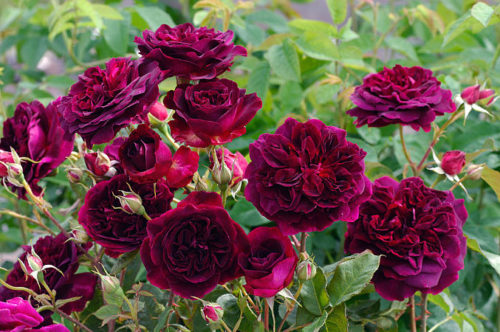
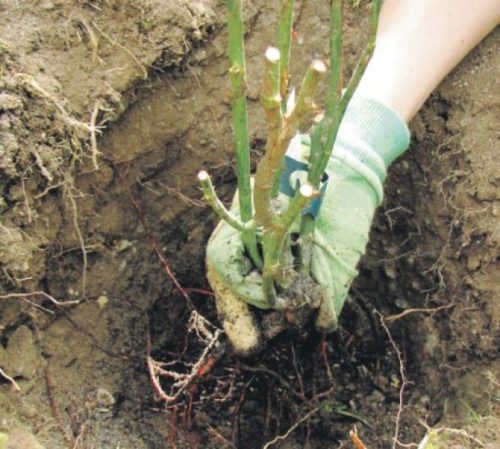
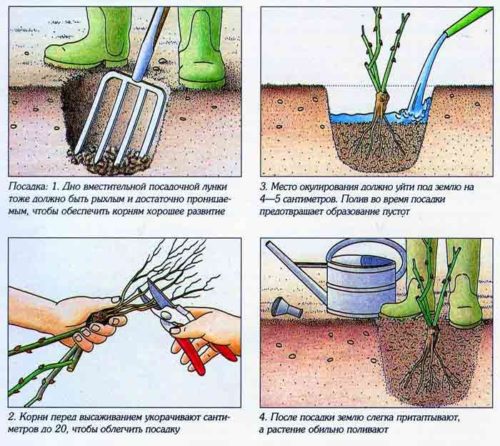
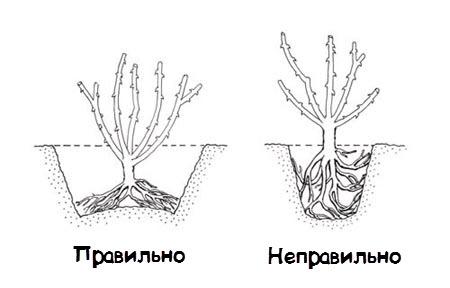
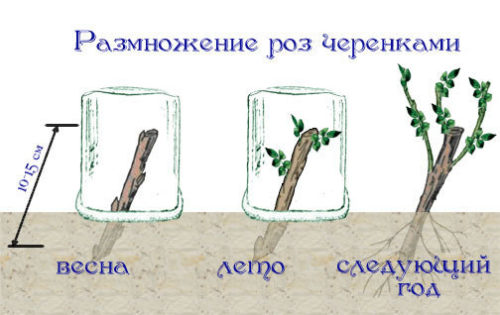

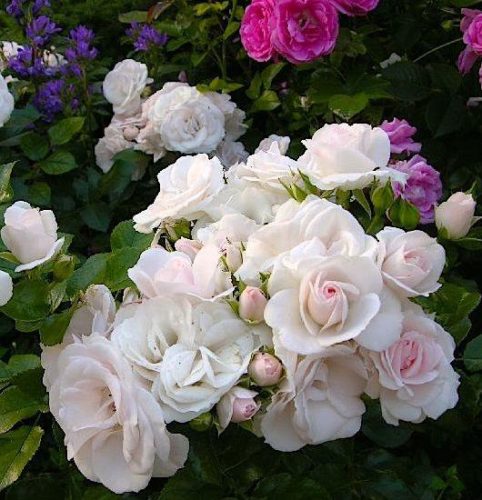
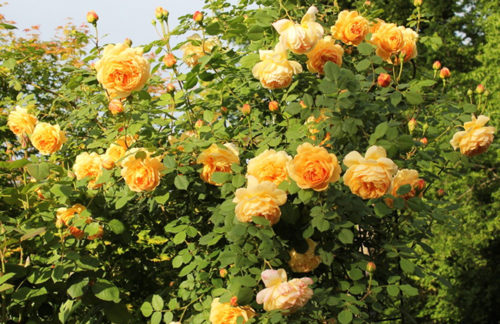
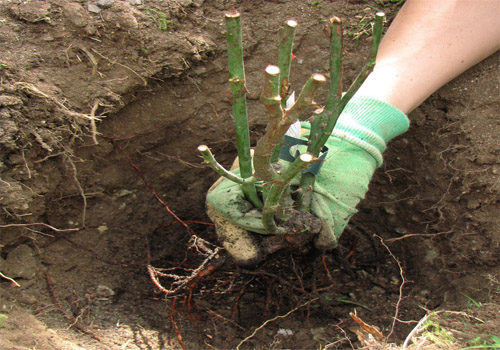
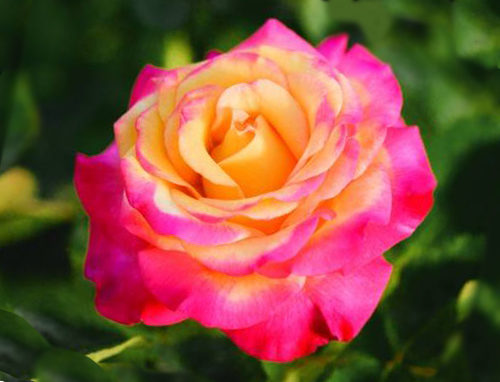

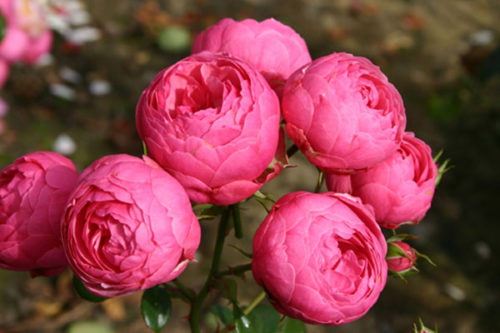












 Start a discussion ...
Start a discussion ...